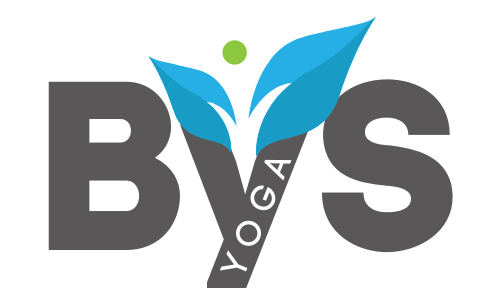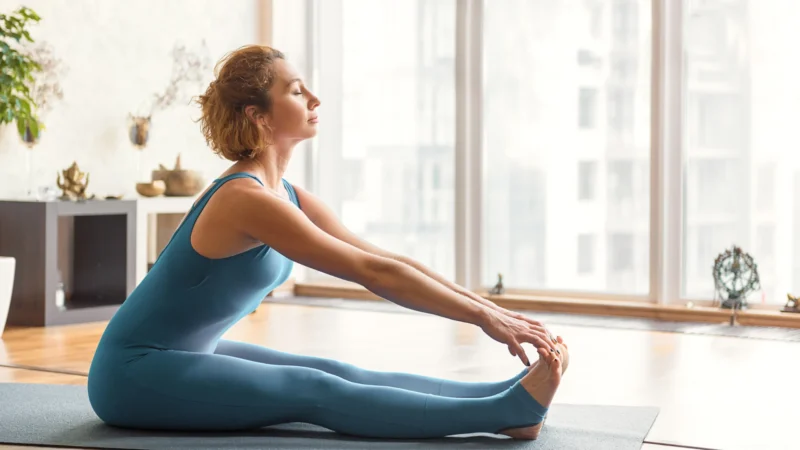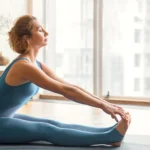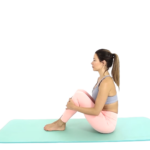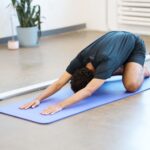Becoming a yogi means more than just practicing yoga. It’s about adopting a lifestyle that focuses on balance, mindfulness, and self-growth. You don’t have to be an expert at difficult poses to start, but you do need to be consistent in your practice.
A yogi is someone who commits to physical, mental, and spiritual development. Through daily yoga, meditation, and mindful living, you’ll begin to experience the deeper benefits of yoga, shaping your life in positive ways.
Key Takeaways
- Becoming a yogi involves adopting a lifestyle of balance, mindfulness, and self-growth through consistent practice.
- Starting your yoga journey requires dedication to a routine, proper guidance, and listening to your body’s needs.
What Does It Mean to Be a Yogi?

A yogi is someone who commits to practicing yoga both physically and mentally. It’s about finding balance in life and focusing on personal growth.
The word comes from Sanskrit, and it reflects a person dedicated to connecting the mind, body, and spirit through daily practices.
Living Like a Yogi
Living as a yogi requires daily effort. It involves regular yoga sessions, meditation, and mindful habits that help maintain physical and mental well-being.
Ethical Principles
A true yogi follows core values like non-violence, honesty, and self-control. These values guide their everyday actions, helping them maintain a calm and balanced life.
How to Start Your Yoga Journey?
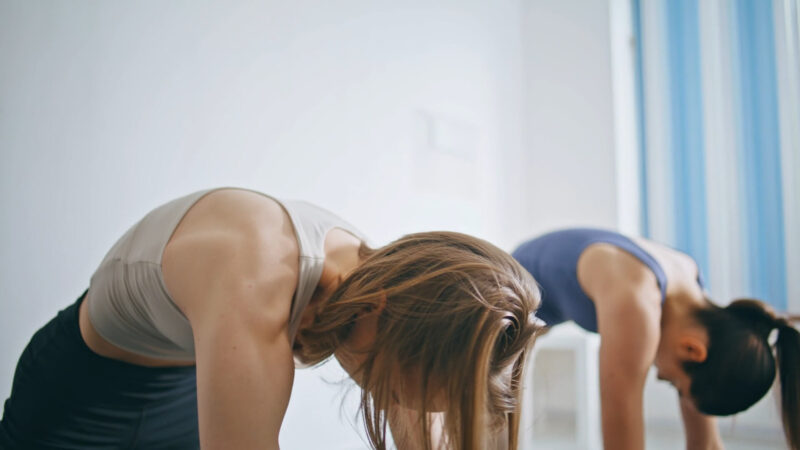
Start your yoga journey by committing to a routine that works for you. You don’t need to be super flexible or have experience. What matters is that you take action, stick with it, and focus on improving little by little.
Build a Routine
Set up a routine that fits your schedule. Try doing yoga two or three times a week for 20–30 minutes. Start with simple poses like Mountain Pose or Downward Dog. Over time, your body will get stronger and more flexible.
Studies have shown that people who practiced yoga for just eight weeks saw noticeable improvements in flexibility and muscle strength.
Find the Right Class or Teacher
Find a good yoga teacher or class that fits your style. Having someone guide you makes a huge difference, especially when you’re new. A beginner class will help you learn proper posture and avoid injuries. If you can’t make it to a studio, online classes are an option too. In-person or virtual, a study shows that having a teacher reduces injury risks by up to 50%.
Listen to Your Body
Don’t push yourself too hard. It’s important to listen to your body’s limits. Yoga isn’t about competition. Focus on gradual progress.
Your body will thank you in the long run. Take rest days when needed and stay mindful of how your body feels during each session.
Essential Yoga Poses for Beginners
Yoga begins with simple poses that help you build strength, flexibility, and balance. The goal is to establish a foundation that will support future growth and development in your practice.
Mountain Pose (Tadasana)
Stand tall with your feet together, arms by your side, and engage your core. Focus on maintaining proper posture to align your body. Mountain Pose is often the starting point for other standing poses and helps improve balance.
Downward Dog (Adho Mukha Svanasana)
This pose strengthens the arms, legs, and stretches the back while relieving tension. Regular practice improves flexibility in the hamstrings and reduces overall muscle tightness.
Child’s Pose (Balasana)
A gentle resting pose that stretches the hips, thighs, and ankles. It provides relief between more challenging poses and helps calm the mind and body.
Plank Pose
Plank Pose focuses on building core strength and stability. It prepares the body for more advanced poses by strengthening the arms, shoulders, and core.
The Importance of Mindfulness and Meditation
Mindfulness and meditation are key aspects of any yoga practice. These practices help connect the body and mind, allowing you to focus on the present moment and find inner peace.
Practicing Mindfulness
Mindfulness means being fully aware of your surroundings and thoughts without judgment. Incorporating mindfulness into your yoga routine can reduce stress and improve concentration. Studies show that mindfulness can lower anxiety levels by up to 30%, making it a valuable tool for managing daily challenges.
Meditation Techniques
There are many types of meditation, but focusing on breath control and relaxation is often the starting point for beginners. One popular method is deep breathing, where you focus on slow, deep breaths to calm the mind. Another option is body scan meditation, where you mentally check in with different parts of your body to relieve tension.
Benefits of Regular Meditation
Meditation has numerous benefits beyond stress relief. Research shows that people who meditate regularly experience improved sleep quality, enhanced emotional well-being, and greater focus.
Even 10 minutes of daily meditation can lead to noticeable improvements in mental clarity and mood.
Living by Yogi Principles
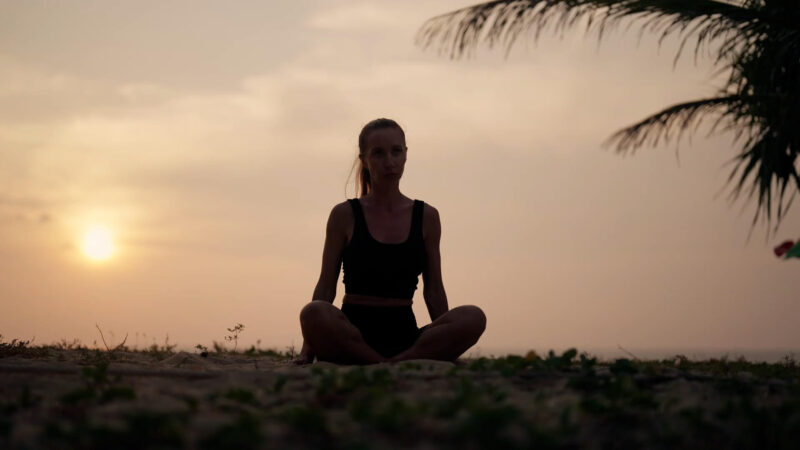
Being a yogi means more than just doing yoga poses. It involves adopting ethical principles that guide your daily life and interactions with others. These principles, known as yamas and niyamas, provide a framework for living with integrity and mindfulness.
The Yamas (Ethical Guidelines)
Yamas are principles that guide how you interact with the world around you. Key principles include non-violence (ahimsa), which encourages compassion and respect for all living things, and truthfulness (satya), which focuses on being honest in both thoughts and actions.
Practicing these principles helps build strong, meaningful relationships with others and the world.
The Niyamas (Personal Conduct)
Niyamas guide how you take care of yourself. This includes cleanliness (shaucha), which encourages purity of the body and mind, and contentment (santosha), which focuses on being happy with what you have. Regular reflection on these principles can lead to greater inner peace and personal growth.
Applying the Principles Daily
Incorporating yamas and niyamas into your daily life means paying attention to your thoughts, words, and actions. Practicing non-violence might mean choosing more peaceful ways to resolve conflict, while contentment encourages gratitude for the present moment.
Regular mindfulness and meditation can help reinforce these values, improving both your yoga practice and your overall well-being.
Build a Daily Yoga Routine
A daily yoga routine helps improve strength, flexibility, and mental clarity. Consistency is key, so choose a routine that fits into your schedule.
Set a Regular Time
Choose a specific time each day for practice. Morning practice sets a positive tone for the day, while evening practice helps release tension. Start with 20–30 minutes, then gradually increase the duration as your body adjusts.
Warm-up Poses
Begin every session with simple stretches. Cat-Cow and Child’s Pose are effective at loosening the muscles and preventing stiffness. Warm-ups are important to reduce the risk of injury and prepare your body for more demanding poses.
Focus on Core Poses
Include essential poses like Warrior I, Plank Pose, and Mountain Pose in every session. These poses help improve balance, build strength, and enhance flexibility. Consistent practice leads to better posture and physical endurance.
Relaxation and Cool Down
End your session with relaxation. Use Savasana to cool down and focus on breathing. It allows your body to recover and helps you feel refreshed after each session.
Balancing Physical and Mental Wellness
Yoga is not just about building physical strength; it also helps create a balance between the body and mind. Practicing yoga regularly can lead to a more focused mind and a healthier body.
Physical Benefits
Regular yoga practice improves flexibility, builds muscle strength, and enhances posture. Poses like Warrior I and Plank Pose are excellent for building endurance. Studies have shown that people who practice yoga at least three times a week see noticeable improvements in muscle tone and overall fitness.
Mental Benefits
Yoga also works wonders for mental health. Meditation and mindfulness are essential parts of yoga that help reduce stress, increase focus, and promote a sense of calm. Research shows that practicing yoga can lower stress hormones like cortisol, leading to better mental well-being.
Combining Physical and Mental Wellness
Incorporating both physical poses and meditation into your routine helps create a harmonious connection between your body and mind. This balance is key to feeling more centered and improving overall health.
FAQs
How often should I practice yoga as a beginner?
Beginners should aim to practice yoga at least two to three times a week. This helps build consistency and allows the body to adjust to the new movements.
Do I need any special equipment to start yoga?
A yoga mat is the most basic piece of equipment you’ll need. Some people also use blocks and straps, but they aren’t essential for beginners.
How long should a yoga session last?
For beginners, sessions can be as short as 20–30 minutes. As you progress, you can increase the length to 60 minutes or more.
Can yoga help with back pain?
Yes, many yoga poses focus on stretching and strengthening the muscles around the spine, which can help alleviate back pain.
Is yoga good for weight loss?
While yoga is not as intense as other forms of exercise, certain styles like Vinyasa or Power Yoga can help burn calories and contribute to weight loss when combined with a healthy diet.
Can yoga reduce stress?
Yes, yoga is well-known for reducing stress. Mindful breathing and meditation, along with physical poses, help lower stress hormones and promote relaxation.
Do I need to be flexible to start yoga?
No, flexibility improves with practice. Yoga is designed to help increase flexibility over time, so it’s perfectly fine if you’re not flexible when you start.
Conclusion
Starting your yoga journey is about more than just poses. It’s about building consistency, finding balance, and improving both physical and mental wellness. Whether you’re a beginner or someone looking to deepen your practice, committing to a routine, focusing on mindfulness, and living by yogic principles will bring lasting benefits.
